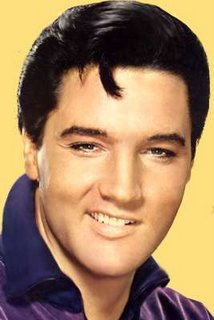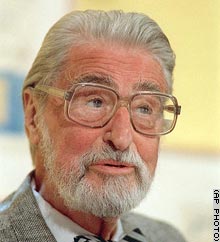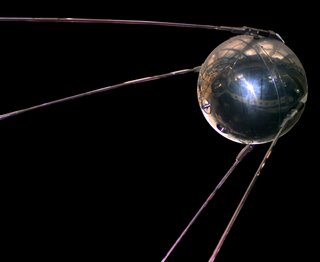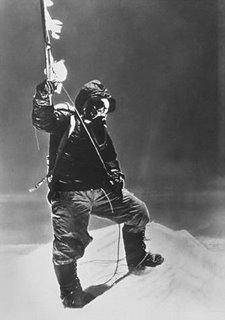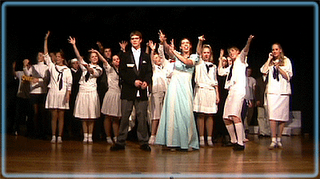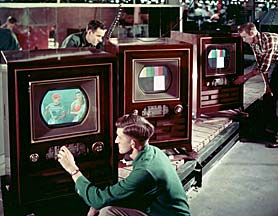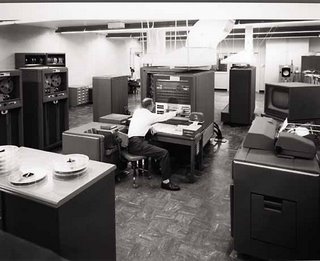Bazooka
The bazooka was a man-portable anti-tank rocket launcher made famous during World War II where it was one of the United States Armed Forces's primary infantry anti-tank weapons. It was one of the first weapons based on the High Explosive Anti-Tank (HEAT) shell to enter service. It was nicknamed"bazooka" from a vague resemblance to the musical instrument of the same name. It saw widespread use throughout WWII and the Korean War.

Bazooka M1A1
Length: 50 in (137 cm)
Caliber: 60 mm (2.36 in)
Weight: 15 lb (6.8 kg)
Warhead: M6A1 shaped charge (3.5 lb, 1.59 kg)
Maximum: 400 yards (365 m)
Effective: 150 yards (135 m)
Crew: 2, operator and loader
Purpose: Bazookas are used against tanks and are sometimes used by a squad in the field. The 3.5-inch bazooka is used against armor.
How the technology shaped the war: Bazookas made wars become even more brutal than they already were. Firing bazookas increases the range of destruction. When the USA realized that it had no infantry weapon to combat modern tanks. The invention of bazookas was effective. This helped them to fight back armed forces, including airplanes and tanks, of the Germans in WWII. Instead of using a whole infantry to bring down a tank, a Bazooka can blow it up in a blink.
How the war shaped the technology: USA's bazooka-inventions motivated Germany to create even more destructive weapons. Tanks used to be the most damaging weapons until the bazookas were invented. Later, Germany copied this idea to form a larger version of bazooka and was highly effective during wars.
Lasting affects due to the technology: Bazookas made wars more critical. Countries compete to create weapons as damaging as possible. Not so long after the bazookas were invented, super bazookas were born.
The bazooka was a man-portable anti-tank rocket launcher made famous during World War II where it was one of the United States Armed Forces's primary infantry anti-tank weapons. It was one of the first weapons based on the High Explosive Anti-Tank (HEAT) shell to enter service. It was nicknamed"bazooka" from a vague resemblance to the musical instrument of the same name. It saw widespread use throughout WWII and the Korean War.

Bazooka M1A1
Length: 50 in (137 cm)
Caliber: 60 mm (2.36 in)
Weight: 15 lb (6.8 kg)
Warhead: M6A1 shaped charge (3.5 lb, 1.59 kg)
Maximum: 400 yards (365 m)
Effective: 150 yards (135 m)
Crew: 2, operator and loader
Purpose: Bazookas are used against tanks and are sometimes used by a squad in the field. The 3.5-inch bazooka is used against armor.
How the technology shaped the war: Bazookas made wars become even more brutal than they already were. Firing bazookas increases the range of destruction. When the USA realized that it had no infantry weapon to combat modern tanks. The invention of bazookas was effective. This helped them to fight back armed forces, including airplanes and tanks, of the Germans in WWII. Instead of using a whole infantry to bring down a tank, a Bazooka can blow it up in a blink.
How the war shaped the technology: USA's bazooka-inventions motivated Germany to create even more destructive weapons. Tanks used to be the most damaging weapons until the bazookas were invented. Later, Germany copied this idea to form a larger version of bazooka and was highly effective during wars.
Lasting affects due to the technology: Bazookas made wars more critical. Countries compete to create weapons as damaging as possible. Not so long after the bazookas were invented, super bazookas were born.







